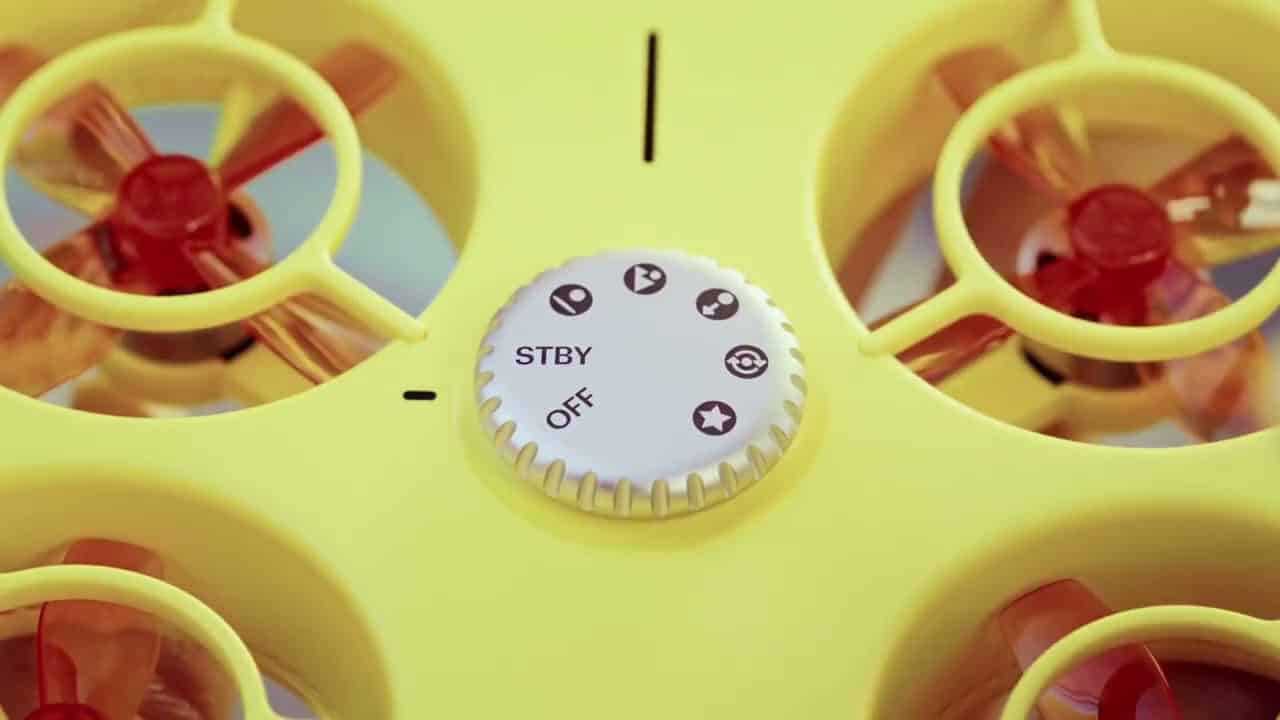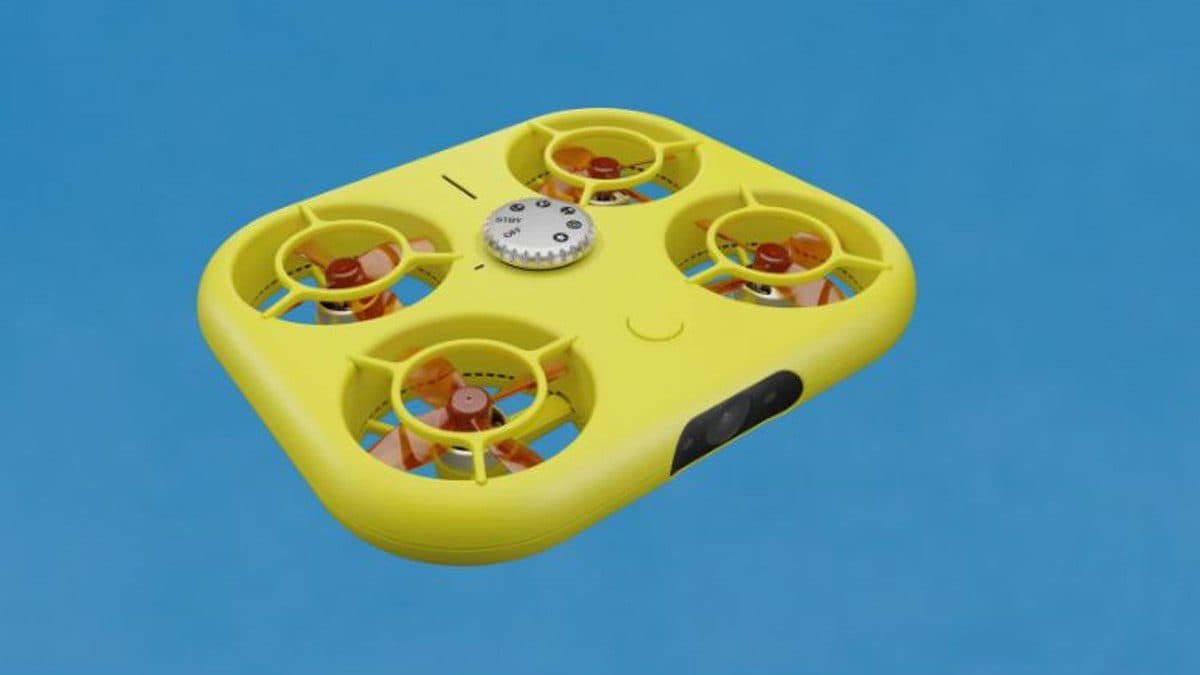Pixy is Snap’s pocketable drone camera for creators
3 min. read
Published on
Read our disclosure page to find out how can you help MSPoweruser sustain the editorial team Read more


Snap, once again, has another entry into the hardware market after its 2016 release of Spectacles: the Pixy. It is the camera and social media company’s new product boasting two cameras packed in a palm-sized drone, making it a teeny-tiny creator-friendly device.
Drones are one of the well-used pieces of equipment by most content creators now but maneuvering them requires effort and knowledge from the user. They need the assistance of another individual to execute the perfect shots, but that is not the only problem about them: their portability. Snap Pixy, as mentioned, is an incredibly small drone. It only weighs 101 grams and measures 131.7mm x 106mm x 17.6mm, so you can literally put it in your pocket.
It has a front-facing camera with a 12MP sensor, allowing it to capture 2.7K videos. It can store 100 videos or 1,000 photos using its local 16GB drive, and it can sync wirelessly to Snapchat’s Memories, where you can edit it and then share its platform or other sites. The footage doesn’t come with audio, but Snap will allow editing of content and insertion of licensed songs.
The battery, on the other hand, can last five to eight flights, depending on the mode selected. Compared to other drones, the battery life is not the most impressive part about Pixy, but it is acceptable given its nature as an incredibly small drone. On a positive note, the battery of the unit itself is swappable, and the company is offering separate purchases for it. A single Pixy battery costs $19.99. Nonetheless, this is optional since the Pixy Pack, which costs $229.99, already has one (with Pixy drone, bumper and carrying strap, and USB-C charging cable) while the Pixy Flight Pack, which costs $249.99, has two (with Pixy drone and a dual battery charger).
The drone doesn’t have a controller, but there is a dial placed at the top of its body, giving you six different pre-programmed flight modes to choose from. This makes it an incredibly intuitive device for anyone. You can place it on your palms to release it for the flight and simply outstretch your arms again to give it a safe landing. It will do it automatically using the aid of its bottom camera it uses to navigate itself and follow you around. However, you might want to be extra cautious in using it in windy areas since it is lightweight and can be easily blown by the wind.
There are still a lot of sections that need improvements in Pixy, which frankly still makes it a few steps behind its other competitors. Nevertheless, Snap CEO Evan Spiegel told The Verge that earning a lot from the product is not part of its plan. “The goal is really just to get it in peoples’ hands and have them play around with it,” said Spiegel. “And maybe we would make more with version two if people love the original product,” he said. “Honestly, in hindsight, we probably should have made more. And now it’s just difficult with all the supply chain stuff going on. We just didn’t expect it to be this good.”








User forum
0 messages